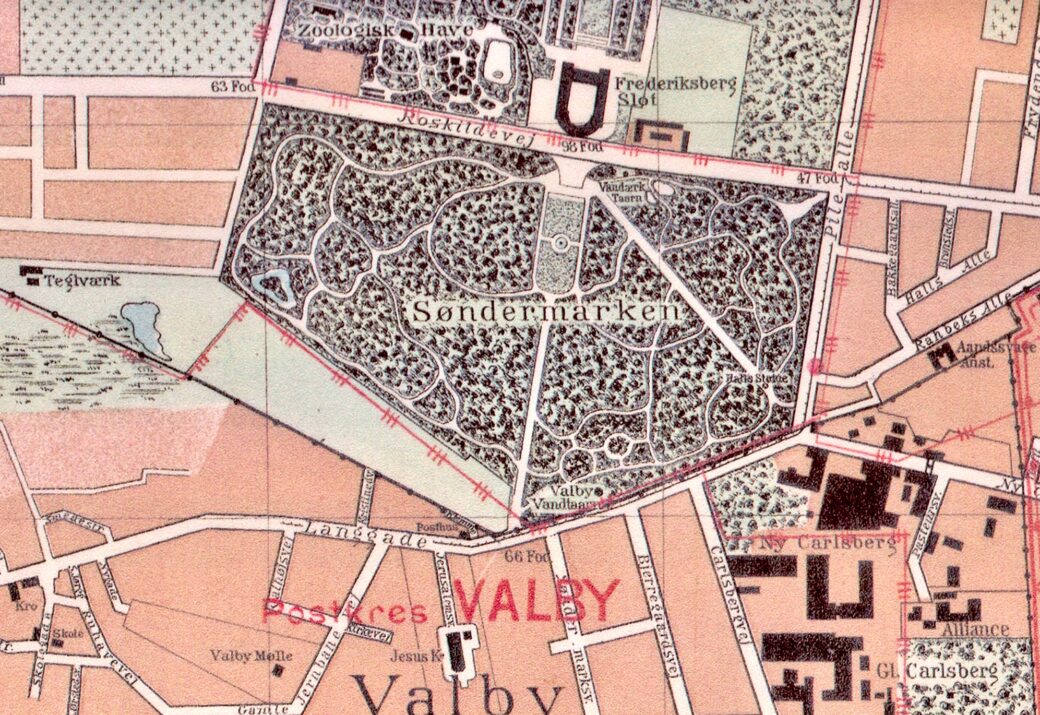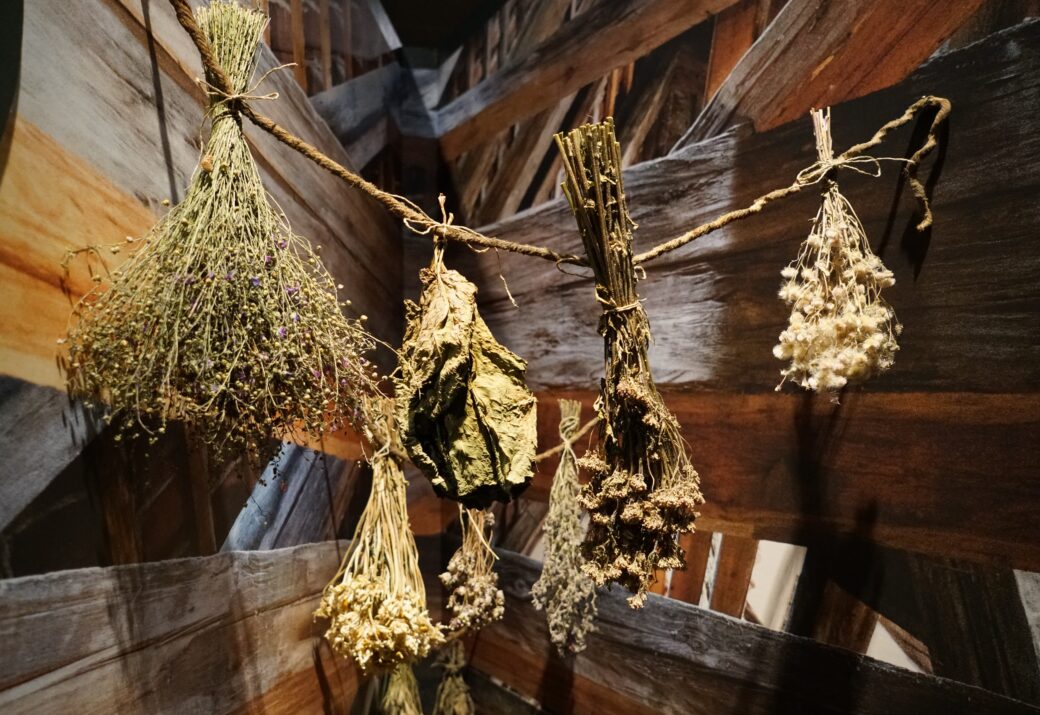This website uses cookies so that we can provide you with the best user experience possible. Cookie information is stored in your browser and performs functions such as recognising you when you return to our website and helping our team to understand which sections of the website you find most interesting and useful.
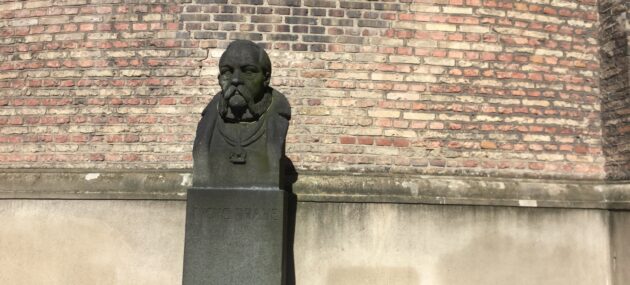
Tycho Brahe Was Not Here
In 1805, the English travel writer John Carr (1772-1832) used both flattering and less flattering words to portray Denmark and the Danes, when he wrote about the journey he had made through the country the previous year as part of a larger trip across Northern Europe.
Among the things he was not too excited about, was the newly inaugurated memorial on Holmens Cemetery that commemorates the fallen soldiers of the Battle of Copenhagen in 1801. The memorial was, he thought, too small to serve as a national monument.
“Still, it is not completely nonsense to mention the renowned astronomer in the same breath as the Round Tower”
He was more positive when it came to the Round Tower, an edifice he described as “a noble round tower, one hundred and twenty feet high, in which a spiral road of brick nearly winds to the top; so that thus far any one might ascend or descend on horseback with perfect ease and safety”. To which he added the following supplementary information, “at the top is the observatory of the celebrated Tycho Brahe”.
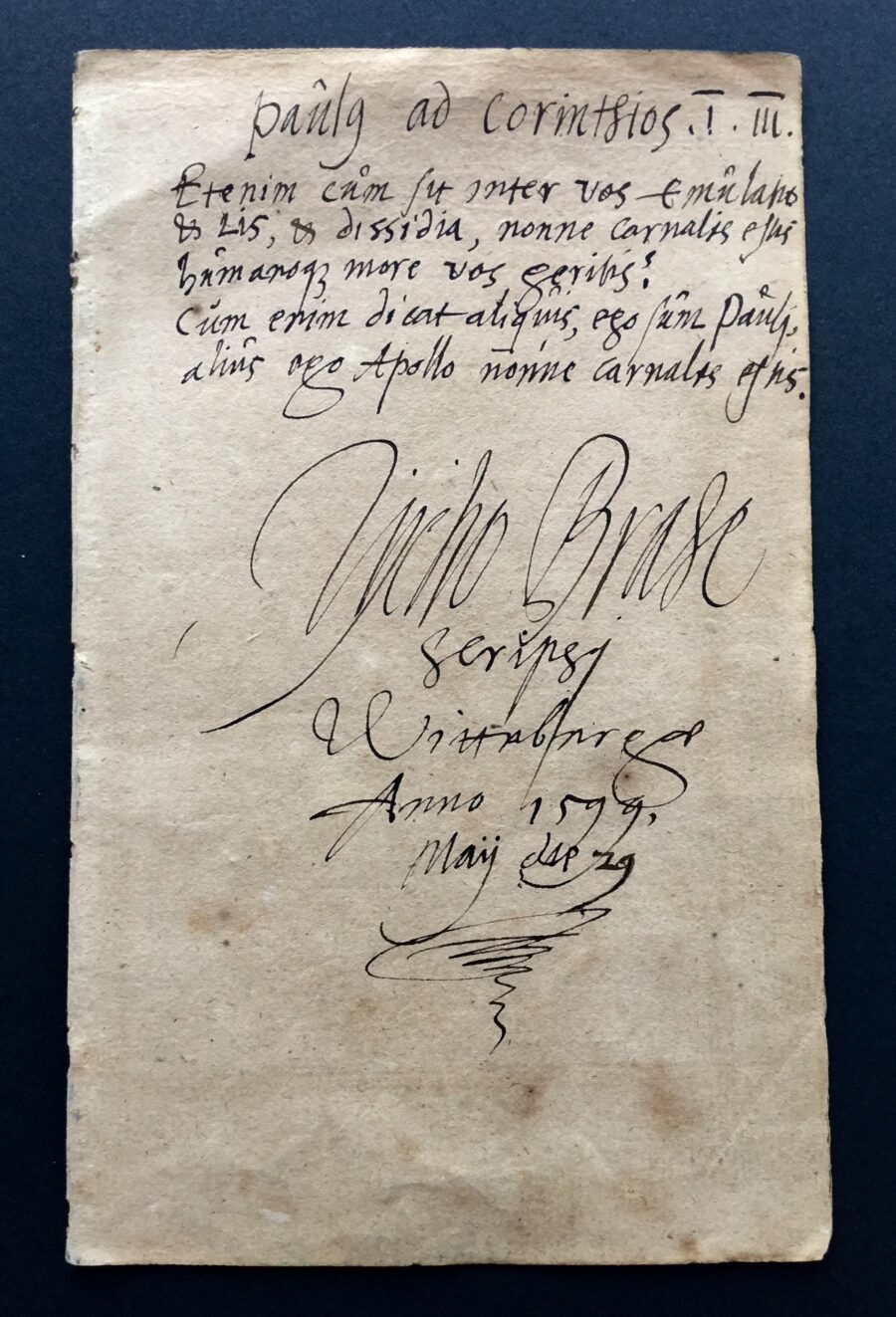
Tycho Brahe’s Foot
However, the last part John Carr wrote was not completely true. Tycho Brahe (1546-1601) has never set foot in the Round Tower given that the first plans to build the tower date back to the 1630s and Brahe died in 1601 – not even in Denmark but in exile in Prague, far from the Round Tower’s Copenhagen. Still, it is not completely nonsense to mention the renowned astronomer in the same breath as the Round Tower.
For, a direct line can be traced from Tycho Brahe’s observatories Uraniborg (Castle of Urania) and Stjerneborg (Castle of the Stars) on the small island of Hven in the Sound, which Brahe had to leave in 1597, to the Observatory at the top of the Round Tower. Ironically enough, the Round Tower can be considered a manifestation in stone of the strict Lutheran orthodoxy, which played a crucial role in Tycho Brahe’s farewell to Denmark. However, the very same stones also form a circle with a diameter that is identical to the diameter of Stjerneborg whose basic unit of measurement, the so-called Tychonian foot, was allegedly also used in the construction of the Round Tower.
Longomontanus
Nothing of this was coincidental. Just as the concept of apostolic succession is used within the church to designate the series of consecrated bishops that are believed to go back to the apostles by a continuous succession, it is also possible to talk about an astronomical succession when it comes to the connection between Tycho Brahe and the Round Tower.
When Tycho Brahe went to Prague to work for Emperor Rudolf II he was accompanied by his assistant Christen Sørensen Longomontanus (1562-1647), who is considered to have been Brahe’s most loyal, most trusted and dearest employee. It is he, who constitutes the link for after Brahe had passed away Longomontanus returned to Denmark where he became the country’s first professor of astronomy in 1621, and during the time when the Round Tower was built he made suggestions for how to construct the Observatory. According to him it should have five small buildings that were recessed below the platform – precisely like the organisation of the underground observatory Stjerneborg, which, at that time, had long since been demolished.
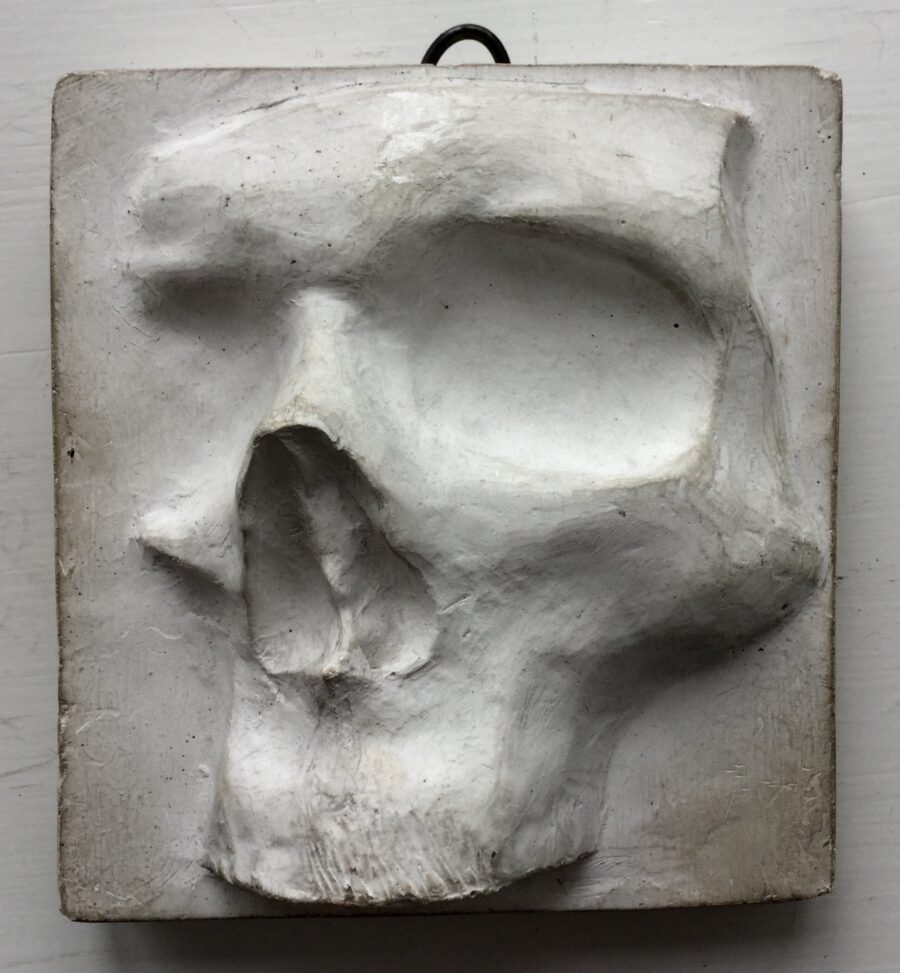
Cast of Funeral Monument
Still, the name Stjerneborg continued to live on and is even believed to have been the official name of the Observatory at the Round Tower for a period of time. Tycho Brahe’s great celestial globe also continued to live on. It had first been located on Hven, then it was taken to Prague, and during the Thirty Years’ War it was found in a Jesuit College by one of King Christian IV’s sons, whereafter it took a few detours before it ended up at the Round Tower. Here, it stood in a room that was named after Tycho Brahe until it went up in flames during the fire of Copenhagen in 1728.
It has since been replaced by several other items associated with Tycho Brahe. When an astronomical-historical collection was established in the Round Tower in the 1920s, a key area of focus was “Memories of Tycho Brahe and his work”, as its initiator phrased it. The collection, which is no longer publicly available, thus includes everything from models of Tycho Brahe’s instruments to a cast of his funeral monument in Prague, his skull and a piece of Uraniborg’s foundation stone as well as a page with his personal signature.
In 1932, a bust of Tycho Brahe was erected in his honour at the bottom of the Round Tower, made by the sculptor Siegfried Wagner (1874-1952) who is best known for his monument Lurblæserne (The Lur Players), which is located on the City Hall Square in Copenhagen. Thus, should anyone think the same as the travel writer John Carr, that Tycho Brahe surely did ascend the Round Tower, they really cannot be blamed. The only round tower Tycho Brahe ascended though, was a medieval watchtower on the ramparts of Copenhagen, which the astronomer used as an observatory when staying in the city. But that is a different story.
